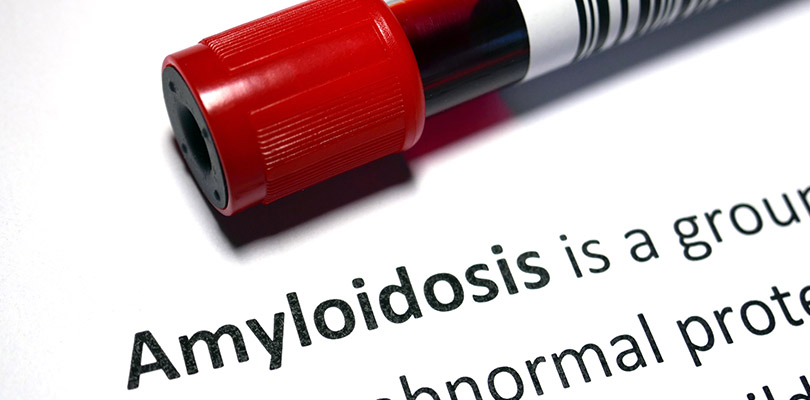What is Acute Hepatic Porphyria Disorder?
Porphyria is a broad term that covers numerous disorders. The conditions are linked together by the buildup of natural chemicals that produce porphyrin in the body. While porphyrin helps the body in many ways, too much of it can cause numerous health problems. There are two categories of porphyria: acute and cutaneous. Acute hepatic porphyria primarily impacts the nervous system, while cutaneous porphyria impacts the skin. Here, we will take a closer look at acute hepatic porphyria to understand this aspect of the disorder.
How is it Diagnosed?
It is important to have a proper diagnosis, so treatment can be put in place as needed. In order to receive the best medical care possible, it is important that your doctor has a clear picture of what is going on with your health.
During your exam, discuss any symptoms with your doctor. If possible, keep a journal listing the symptoms and when they occur. This can also help narrow down any external triggers that may make the condition worse.
Make sure that you inform your doctor about any medications you are taking or if you are participating in any kind of recreational drug use. You should also go in with a few questions to ask your doctor. Some great starter questions may be:
- What kind of tests should I have?
- What is causing my symptoms?
- What are some treatment options?
Creating dialogue about your condition will help your doctor track your symptoms and ensure that you have the most information possible to make informed decisions about your health.
Symptoms
Symptoms of acute hepatic porphyria can appear suddenly and can be very severe. The symptoms may last anywhere from a few days to a few weeks following the attack and can cause great discomfort for the patient. Common symptoms include:
- Severe abdominal pain
- Chest pain
- Difficulty urinating
- Irregular heartbeat
- High blood pressure
- Constipation
- Diarrhea
- Vomiting
- Breathing issues
- Seizures
This is not a comprehensive list and some people may experience symptoms somewhat differently.
Hypoglycemia is also known as low blood sugar. Hypoglycemia causes can vary, from diabetes to cancer. Find out if you're at risk.
Causes
All forms of porphyria disorder involve issues with heme. Heme is the part of hemoglobin that carries oxygen to various parts of the body. People with this disorder have a shortage of a certain type of enzyme in their heme production. This causes porphyrins to build up when it damages the nervous system that is when it is classified as acute hepatic porphyria.
There may also be a genetic component to the development of the disease. It can occur if you have defective genes from one parent or both parents.
Risk Factors
There may be genetic and environmental risk factors that may enhance your chances of developing this condition. Some risk factors include:
- Certain medications
- Exposure to sunlight
- Dieting
- Smoking
- Stress
- Alcohol use
- Drug use
- Menstrual hormones
Treatment
There are a few treatment options available that may help reduce the number of attacks. Treatments may include:
- Hemin injections
- Intravenous glucose
- Hospitalization for severe symptoms
Emotional Support
As with any chronic condition, this diagnosis can take an emotional toll on patients. There are additional support options for people who are feeling overwhelmed or stressed about their diagnosis. Additional therapy services may be available in your area. Discuss support resources with your doctor to learn more.
Overview
Acute Hepatic Porphyria can certainly have an impact on your daily life. If you or someone you know may be living with symptoms associated with this condition, then you should speak to your doctor right away. Early detection and proper treatment can help with symptoms and reduce flair ups.







